Comments / Questions (13)
![]() Laveda wrote:
Laveda wrote:
I have a problem with this site on Etsy: TunjayKnitStudio They are selling Garnstudio patterns for profit, including this dress and many other patterns you have designed.
24.11.2025 - 16:11
![]() Philippe wrote:
Philippe wrote:
Bonjour je viens de commencer le modèle et je ne comprends pas ce qu'il faut faire après la partie dos. Pouvez-vous m'aider.? Merci pour votre réponse.
13.11.2025 - 20:46
![]() Philippe wrote:
Philippe wrote:
Bonjour je viens de commencer le modèle et je ne comprend pas les explications après le dos. Pouvez-vous m’aider. \\r\\nMerci de votre réponse.
13.11.2025 - 20:42DROPS Design answered:
Bonjour Philippe, lorsque le dos est mis en attente, vous relevez les mailles de l'épaule gauche du devant, puis celles de l'épaule droite du devant, vous montez les mailles entre les épaules pour l'encolure pour continuer le devant; retrouvez sous l'onglet "vidéos" différentes vidéos qui montrent les différentes étapes de construction de ce type de modèle, et un résumé dans cette autre vidéo. Bon tricot!
14.11.2025 - 08:25
![]() C J wrote:
C J wrote:
Als je A1 een keer helemaal gebreid hebt en dan de volgende naald verder wilt met de eerste 4 naalden van A1 dan doe je dat nog steeds over de middelste 12 steken? Maar omdat je 2 gemeerderd hebt verspringt recht boven recht en averecht boven averecht toch?
12.11.2025 - 19:16
![]() Simone wrote:
Simone wrote:
Hejsa. Er der et sted jeg kan finde omkreds på kjolen ?
24.09.2025 - 22:51DROPS Design answered:
Hi Simone, please see the schematic drawing at the bottom of page. Happy knitting!
25.09.2025 - 07:11
![]() Melinda wrote:
Melinda wrote:
Ik lees in elk patroon over de Europeaanse pas, maar ik denk dat je beter de term 'Europese pas' gebruikt.
24.09.2025 - 15:56
![]() Melinda wrote:
Melinda wrote:
Ik zou heel graag deze jurk breien, maar twijfel nog over de kleurencombinatie. Zou het mogelijk zijn een proeflapje te tonen in de combinatie Brushed Alpaca 23 wijnrood + Alpaca 9046 bosbes? Hartelijk dank hiervoor.
24.09.2025 - 15:53DROPS Design answered:
Dag Melinda,
Het is helaas niet mogelijk om op verzoek proeflapjes te maken. Misschien komt deze combinatie nog, maar ik kan niet zeggen wanneer eventueel.
27.09.2025 - 20:06
![]() Pamela wrote:
Pamela wrote:
Bonjour cette robe semble splendide à quel moment utilise-t'on le diagramme A 1? Je ne comprends pas du tout le point avec l'aiguille à torsade. Avez-vous fait une mini vidéo explicative ?
14.09.2025 - 15:20DROPS Design answered:
Bonjour Pamela, EN MÊME TEMPS, quand l'ouvrage mesure 35-36-37-38-38-39-40 cm à partir de la division, tricoter A.1 au-dessus des 12 mailles au milieu de chaque côté, c'est juste avant la division de l'ouvrage pour les fentes de chaques cote. On n'a pas de video sur A.1, pour vous aider regardez 'comment augmenter en tricotant 2 fois la même maille à l'endroit' ICI. Bon tricot!
15.09.2025 - 08:25
![]() Nathalie wrote:
Nathalie wrote:
Hallo, zuerst: Ich liebe das Kleid - es macht sehr viel Spaß beim Stricken! Meine Frage/Bemerkung: Im Abschnitt Seitenschlitze/Rückenteil hat sich ein Fehler eingeschlichen - Bsp. Gr. M: Hier heißt es, dass man bis zu einer Länge von 110 cm ab der Teilung (unter dem Arm) stricken soll, dann Bündchen und abketten. Sollten es nicht 85 cm ab der Teilung sein? Stricke ich bis 110 cm ab Teilung geht es bis zum Boden. So sieht es auf den Bildern/Skizze nicht aus. Vielen Dank und LG
10.09.2025 - 13:34DROPS Design answered:
Liebe Nathalie, vielen Dank für den Hinweis, der Fehler wurde inzwischen korrigiert. Viel Spaß beim Tragen Ihres schönen Kleides!
23.10.2025 - 10:47
![]() Emmanuelle wrote:
Emmanuelle wrote:
Bonjour, Qu’est-ce que ça apporte de tricoter avec 2 fils pour ce modèle ? Plus doux, plus joli ? Peut-on le faire avec un seul fil Alpaca ou cela sera-t-il moins beau ? Merci pour votre retour
02.09.2025 - 08:44DROPS Design answered:
Bonjour Emmanuelle, les 2 fils ayant des structures différentes, ils vont offrir au modèle l'effet souhaité; si vous voulez le tricoter uniquement en Alpaca, notez qu'il faudra remplacer 1 fil Brushed Alpaca Silk par 2 fils Alpaca - et vous devrez ainsi tricoter avec 3 fils au total. La texture sera naturellement différente de celle du modèle présenté. Pensez à bien vérifier votre tension et ajustez la taille des aiguilles si besoin, tout comme d'habitude. Bon tricot!
02.09.2025 - 17:22
Autumn Walk Dress#autumnwalkdress |
|||||||||||||
 |
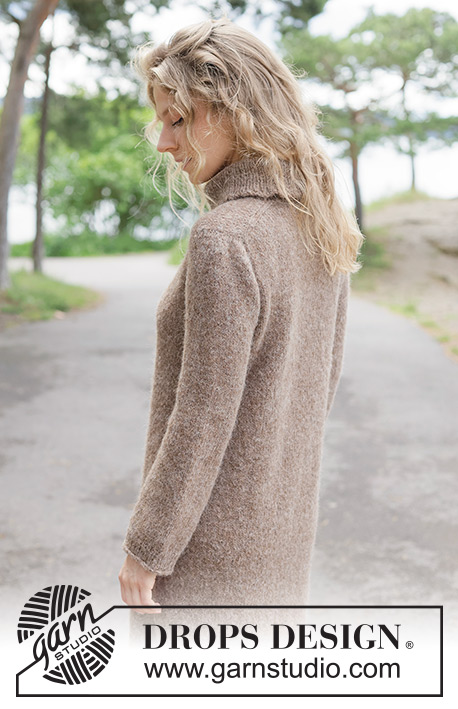 |
||||||||||||
Knitted dress in DROPS Brushed Alpaca Silk and DROPS Alpaca. The piece is worked top down in stocking stitch, with European yoke, split in sides, rolled edge and I-cord. Sizes XS - XXXL.
DROPS 262-4 |
|||||||||||||
|
------------------------------------------------------- EXPLANATIONS FOR THE PATTERN: ------------------------------------------------------- INCREASE TIP-1: INCREASE 1 STITCH TOWARDS THE LEFT - from RIGHT SIDE: Use left needle to pick up yarn between 2 stitches from row below, pick up yarn from the front and knit in the stitch loop that is on the back of the needle. INCREASE 1 STITCH TOWARDS THE RIGHT - from RIGHT SIDE: Use left needle to pick up yarn between 2 stitches from row below, pick up yarn from the back and knit in the stitch loop that is on the front side of the needle. . INCREASE TIP-2: INCREASE 1 STITCH TOWARDS THE RIGHT - from WRONG SIDE: Use left needle to pick up yarn between 2 stitches from row below, pick up yarn from the back and purl in the stitch loop that is on the front side of the needle. INCREASE 1 STITCH TOWARDS THE LEFT - from WRONG SIDE: Use left needle to pick up yarn between 2 stitches from row below, pick up yarn from the front and purl in the stitch loop that is on the back side of the needle. PATTERN: See diagram A.1. The diagram shows all rows in the pattern from the right side. RIB WITH I-CORD: START OF ROW: Work the edge as follows: Slip 1 stitch purl-wise with the strand in front, knit 1, purl 1, knit 1, purl 1, knit 1, purl 1. END OF ROW: Work the edge as follows: Work until there are 7 stitches left, purl 1, knit 1, purl 1, knit 1, purl 1, slip 1 stitch purl-wise with the strand in front, knit 1. DECREASE TIP: Decrease 1 stitch on each side of the marker-thread as follows: Work until there are 3 stitches left before the marker-thread, knit 2 together, knit 2 (marker-thread sits between these 2 stitches), slip 1 stitch knit-wise, knit 1 and pass the slipped stitch over the knitted stitch (2 stitches decreased). SLEEVE TIP: When knitting up stitches under the sleeve, you can get a small hole in the transition between stitches on the body and sleeve. This hole can be closed by picking up the strand between 2 stitches and working this strand twisted together with the first stitch between body and sleeve. ------------------------------------------------------- START THE PIECE HERE: ------------------------------------------------------- DRESS - SHORT OVERVIEW OF THE PIECE: The pattern uses both long and short needles; start with the length which fits the number of stitches and change when necessary. Work according to points 1 – 5. 1 BACK PIECE: Cast on stitches for the back of the neck. Work the back piece back and forth, increasing stitches on each side until the shoulder stitch count has been achieved. The back piece has slightly diagonal shoulder. 2 FRONT PIECE: Worked in 2 sections to begin with (each side of neck). You knit up stitches along the back shoulder, working downwards and increasing for the neckline. Repeat on the other shoulder. Then stitches are cast on for the neckline and the 2 shoulders are joined. The front piece is worked back and forth to the correct measurement. 3 YOKE: Place the front and back pieces on the same needle, working first the front piece, knitting up stitches for one sleeve along one side of the front piece, then working the back piece and knitting up stitches for the second sleeve along the other side of the front piece. Continue in the round. 4 INCREASE FOR BODY AND SLEEVES: While working the yoke, you increase stitches first for the sleeves and later for the body. 5 BODY AND SLEEVES: When the yoke is finished, it is divided and the body is continued in the round while the sleeves wait. The body is divided for the split in each side and the front and back pieces are finished separately back and forth. Then the sleeves are worked in the round, top down. Stitches are knitted up around the neckline and the neck is worked in the round to finish. BACK PIECE: Cast on 30-30-32-34-36-38-40 stitches with circular needle size 4 mm, 1 strand DROPS Brushed Alpaca Silk and 1 strand DROPS Alpaca (2 strands). ROW 1 (wrong side): Purl. ROW 2 (right side): Read INCREASE TIP-1. Knit 3, increase 1 stitch towards the left, knit until there are 3 stitches left, increase 1 stitch towards the right, knit 3. ROW 3 (wrong side): Read INCREASE TIP-2. Purl 3, increase 1 stitch towards the right, purl until there are 3 stitches left, increase 1 stitch towards the left, purl 3. Work ROWS 2 and 3 a total of 9-9-9-9-9-10-10 times (18-18-18-18-18-20-20 rows worked) = 66-66-68-70-72-78-80 stitches. Remember to maintain the knitting tension. Cut the strand and place the stitches on a thread/stitch holder. LEFT SHOULDER: Find the left back shoulder as follows: Lay the back piece flat, right side up, with the thread/stitch holder towards you; left side of piece = left shoulder. Start from the right side by the neck and knit up 1 stitch in each row along the back left shoulder inside the outermost stitch (18-18-18-18-18-20-20 stitches), then knit up 1 stitch outermost on the shoulder (edge stitch) = 19-19-19-19-19-21-21 shoulder-stitches. Insert 1 marker by the neck. All lengths on the front piece are measured from here. Work stocking stitch, with the first row from the wrong side, until the piece measures 6-7-7-8-10-10-10 cm. Now increase for the neckline as follows: ROW 1 (right side): Remember INCREASE TIP-1. Knit 3, increase 1 stitch towards the left, work to end of row. ROW 2 (wrong side): Purl. Work ROWS 1 and 2 a total of 4-4-5-5-5-6-6 times (8-8-10-10-10-12-12 rows worked) = 23-23-24-24-24-27-27 stitches. The increases for the neckline are finished. The piece measures approx. 9-10-11-12-14-15-15 cm from the marker. Some of this neckline will lie on the back piece. Neckline in front = 7-8-9-9-10-11-11 cm. Neckline at back = 2-2-2-3-4-4-4 cm. Cut the strand and place the stitches on a thread/stitch holder. Work the right shoulder as follows: RIGHT SHOULDER: Start from the right side by the armhole and knit up 1 stitch outermost on the shoulder (edge stitch), then knit up 1 stitch in each row along the shoulder, inside the outermost stitch = 19-19-19-19-19-21-21 shoulder-stitches. Insert 1 marker by the neck. All lengths on the front piece are measured from here. Work stocking stitch, with the first row from the wrong side, until the piece measures 6-7-7-8-10-10-10 cm. Now increase for the neckline as follows: ROW 1 (right side): Knit until there are 3 stitches left, increase 1 stitch towards the right, knit 3 - remember INCREASE TIP-1. ROW 2 (wrong side): Purl. Work ROWS 1 and 2 a total of 4-4-5-5-5-6-6 times (8-8-10-10-10-12-12 rows worked) = 23-23-24-24-24-27-27 stitches. The increases for the neckline are finished. The piece measures approx. 9-10-11-12-14-15-15 cm from the marker. Some of this neckline will lie on the back piece. Neckline in front = 7-8-9-9-10-11-11 cm. Neckline at back = 2-2-2-3-4-4-4 cm. FRONT PIECE: On the next row from the right side join the 2 shoulders together for the front piece as follows: Knit the 23-23-24-24-24-27-27 stitches on the right front shoulder, cast on 20-20-20-22-24-24-26 stitches for the neckline, knit the 23-23-24-24-24-27-27 stitches from the left front shoulder = 66-66-68-70-72-78-80 stitches. Work stocking stitch back and forth until the piece measures 11-11-12-13-16-16-16 cm from the marker, with the last row from the wrong side. The front and back pieces are now joined for the yoke, and stitches are knitted up for the sleeves as follows: ROW 1 (right side): Knit together the first 2 stitches on the front piece (1 stitch decreased), knit until there are 2 stitches left on the front piece, slip 1 stitch, knit 1 and pass the slipped stitch over (1 stitch decreased), insert 1 marker here, knit up 20-20-22-24-28-28-28 stitches along the left-hand side of the front piece inside the outermost stitch (= sleeve-stitches), insert 1 marker, knit together the first 2 stitches on the back piece (1 stitch decreased), knit until there are 2 stitches left on the back piece, slip 1 stitch, knit 1 and pass the slipped stitch over (1 stitch decreased), insert 1 marker here, knit up 20-20-22-24-28-28-28 stitches along the right-hand side of the front piece inside the outermost stitch (= sleeve-stitches), insert 1 marker here = 168-168-176-184-196-208-212 stitches. YOKE: Continue in the round. ROUND 1: Knit and increase 1 stitch on each side of both sleeves – remember INCREASE TIP-1 – increasing 1 stitch towards the left at the beginning of the sleeve and 1 stitch towards the right at the end of the sleeve, the stitch count on the sleeves increases but remains the same on the front and back pieces = 22-22-24-26-30-30-30 stitches on the sleeves, 64-64-66-68-70-76-78 stitches on the front and back pieces = 172-172-180-188-200-212-216 stitches Continue as follows: ROUND 1: Knit and increase 1 stitch on each side of both sleeves – remember INCREASE TIP-1 – increase 1 stitch towards the left at the beginning of the sleeve and 1 stitch towards the right at the end of the sleeve, the stitch count on the sleeves increases but remains the same on the front and back pieces. ROUND 2: Knit. Work ROUNDS 1 and 2 a total of 12-11-8-8-7-6-3 times (24-22-16-16-14-12-6 rounds worked; a total of 13-12-9-9-8-7-4 increases in height on the sleeves, with 46-44-40-42-44-42-36 sleeve-stitches and 64-64-66-68-70-76-78 stitches on the front and back pieces) = 220-216-212-220-228-236-228 stitches. Continue as follows: ROUND 1: Knit 2, increase 1 stitch towards the left, knit until there are 2 stitches left on the front piece before the first marker, increase 1 stitch towards the right, knit 2, move the marker onto the right needle, increase 1 stitch towards the left, knit to the next marker (= sleeve), increase 1 stitch towards the right, move the marker onto the right needle, knit 2, increase 1 stitch towards the left, knit until there are 2 stitches left on the back piece, before the next marker, increase 1 stitch towards the right, knit 2, move the marker onto the right needle, increase 1 stitch towards the left, knit to the next marker (= sleeve), increase 1 stitch towards the right, move the marker onto the right needle (= 8 increased stitches, with 1 increased stitch on each side of 2 stitches in each transition between body and sleeves). ROUND 2: Knit. Work ROUNDS 1 and 2 a total of 3-5-8-10-12-14-18 times (6-10-16-20-24-28-36 rounds worked. A total of 16-17-17-19-20-21-22 increases in height on the sleeve and 3-5-8-10-12-14-18 increases in height on the body = 52-54-56-62-68-70-72 stitches on each sleeve and 70-74-82-88-94-104-114 stitches on the front and back pieces) = 244-256-276-300-324-348-372 stitches. The sleeve measures approx. 13-14-14-15-16-17-18 cm – NOTE: If the jumper is folded double at the shoulder, it measures approx. 19-20-21-22-24-25-26 cm from the top of the shoulder and down the armhole. If the piece is shorter than this, continue working to the correct measurement without increasing. Now divide for the body and sleeves. DIVIDE FOR BODY AND SLEEVES: Knit the first 70-74-82-88-94-104-114 stitches (= front piece), place the next 52-54-56-62-68-70-72 stitches on a thread for the sleeve, cast on 6-8-8-10-12-12-14 stitches (mid-under the sleeve), knit 70-74-82-88-94-104-114 (= back piece), place the next 52-54-56-62-68-70-72 stitches on a thread for the sleeve, cast on 6-8-8-10-12-12-14 stitches (mid-under the sleeve). The body and sleeves are finished separately. BODY: = 152-164-180-196-212-232-256 stitches. Insert 1 marker-thread in the middle of the 6-8-8-10-12-12-14 cast-on stitches under each sleeve and allow the threads to follow your work onwards, they are used when dividing for the split each side. Work to the first marker; the round now begins here. Insert 4 new markers, without working the stitches, these markers are used when increasing for the body. Start by the marker-thread, count 10-10-11-11-12-12-13 stitches, insert marker-1 before the next stitch, count 56-62-68-76-82-92-102 stitches (= back piece), insert marker-2 before the next stitch, count 20-20-22-22-24-24-26 stitches (marker-thread sits in the middle of these stitches), insert marker-3 before the next stitch, count 56-62-68-76-82-92-102 stitches (= front piece), insert marker-4 before the next stitch, there are 10-10-11-11-12-12-13 stitches left on the round. You now increase and divide for the split each side – read both of the next 2 sections before continuing. INCREASES: When the body measures 7-9-10-11-11-12-13 cm from the cast-on stitches under the sleeve, increase 1 stitch towards the left after markers 1 and 3 and increase 1 stitch towards the right before markers 2 and 4 – remember INCREASE TIP-1 (4 increased stitches). Increase like this every 2½ cm a total of 8-8-8-10-10-10-10 times, then every 4½ cm 8-8-8-7-7-7-7 times (a total of 16-16-16-17-17-17-17 increases by each marker) – the stitch count on the front and back pieces increases but remains the same under each sleeve (= 20-20-22-22-24-24-26 stitches). SPLIT EACH SIDE: AT THE SAME TIME, when the piece measures 35-36-37-38-38-39-40 cm from the division, work A.1 across the middle 12 stitches on each side (the marker-thread sits in the middle of these 12 stitches), continuing the other stitches in stocking stitch. Repeat the first 4 rows in the diagram until the piece measures 46-47-48-49-49-50-51 cm from the division. Now work the last row in A.1, i.e., increase 2 stitches each side. When A.1 is finished, divide for the split each side at the marker-threads in the middle of A.1. Place the front piece stitches on a thread/stitch holder and continue the back piece as follows: BACK PIECE: Work stocking stitch back and forth with 7 stitches RIB WITH I-CORD on each side – read explanation above (remember to continue increasing). When all the increases are finished, there are 110-116-124-134-142-152-164 stitches. Work until the piece measures 83-84-85-85-85-85-86 cm from the division – there is approx. 4-4-4-5-5-6-6 cm left to finished length; try the dress on and work to desired length before the rib. On the next row (right side) start the rib, AT THE SAME TIME increase 13-13-15-15-17-17-19 stitches evenly on the row (do not increase across the 7 outermost stitches each side) = 123-129-139-149-159-169-183 stitches, working as follows: Change to circular needle size 3 mm, work 7 stitches rib with I-cord as before, work rib (knit 1, purl 1 – remember to increase) until there are 8 stitches left, knit 1 and 7 stitches rib with I-cord as before. When the rib measures 4-4-4-5-5-6-6 cm, cast off a little loosely with rib or with Italian cast-off. The dress measures approx. 110-112-114-116-118-120-122 cm from the top of the shoulder. FRONT PIECE: Place the stitches from the thread/stitch holder back on circular needle size 4 mm and work in the same way as the back piece. SLEEVES: Place the 52-54-56-62-68-70-72 sleeve-stitches from one thread on circular needle size 4 mm and knit up 1 stitch in each of the 6-8-8-10-12-12-14 stitches cast on under the sleeve – read SLEEVE TIP = 58-62-64-72-80-82-86 stitches. Insert a marker-thread in the middle of the 6-8-8-10-12-12-14 stitches under the sleeve- the round starts by the marker-thread. Work stocking stitch in the round. AT THE SAME TIME, when the sleeve measures 1 cm from the division, decrease mid-under the sleeve – read DECREASE TIP as follows: Decrease 2 stitches every 2 cm a total of 4-4-3-3-3-2-2 times = 50-54-58-66-74-78-82 stitches. Continue working until the sleeve measures 14-14-13-13-12-12-11 cm from the division. Now increase mid-under the sleeve – read INCREASE TIP and increase 2 stitches every 6-6-6-5-5-5-5 cm a total of 2 times = 54-58-62-70-78-82-86 stitches. Continue working until the sleeve measures 37-38-39-37-37-34-34 cm from the division. Change to double pointed needles size 3 mm. Work rib (knit 1, purl 1), AT THE SAME TIME decrease 4 stitches evenly on the first round = 50-54-58-66-74-78-82 stitches. When the rib measures 4-4-4-5-5-6-6 cm, knit 3 rounds (rolled edge). Change to double pointed needles size 4 mm and cast off slightly loosely with knit. The sleeve measures approx. 41-42-43-42-42-40-40 cm from the division. NECK: Use circular needle size 3 mm and 1 strand of each quality (2 strands). Start from the right side by one shoulder-line and knit up approx. 74-76-82-86-94-100-102 stitches inside 1 stitch. Knit 1 round and increase to 106-110-118-124-134-142-148 stitches (divisible by 2). Work rib in the round (knit 1, purl 1) for 14-14-14-15-15-16-16 cm. Change to circular needle size 4 mm and cast off a little loosely with rib or with Italian cast-off. |
|||||||||||||
Diagram explanations |
|||||||||||||
|
|||||||||||||
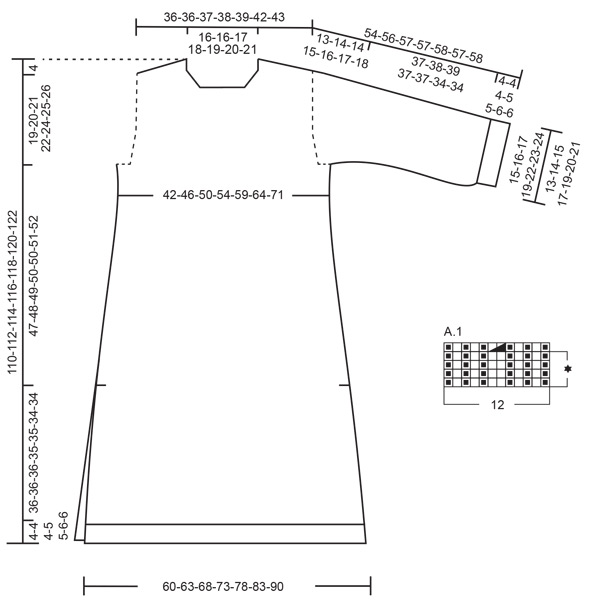 |
|||||||||||||
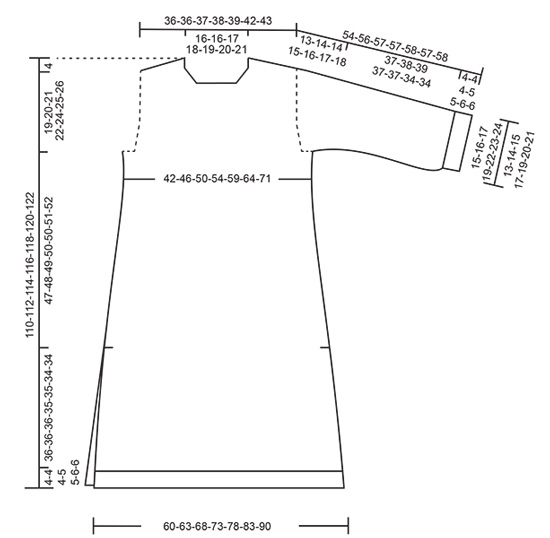 |
|||||||||||||
Have you finished this pattern?Tag your pictures with #dropspattern #autumnwalkdress or submit them to the #dropsfan gallery. Do you need help with this pattern?You'll find 39 tutorial videos, a Comments/Questions area and more by visiting the pattern on garnstudio.com. © 1982-2025 DROPS Design A/S. We reserve all rights. This document, including all its sub-sections, has copyrights. Read more about what you can do with our patterns at the bottom of each pattern on our site. |
|||||||||||||

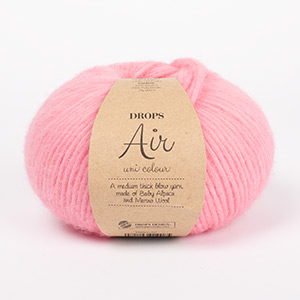






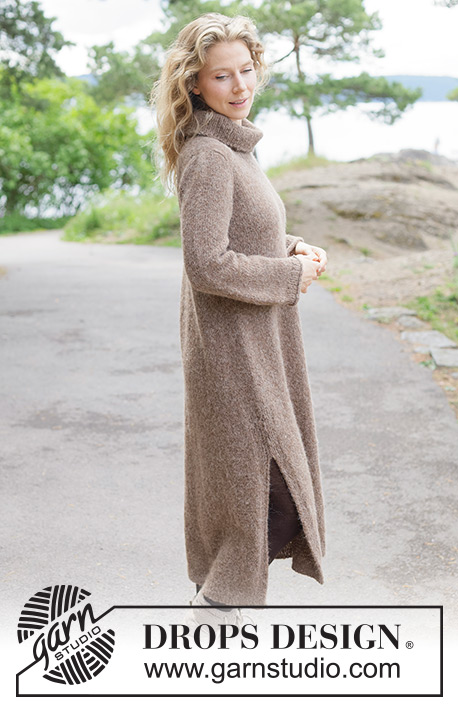
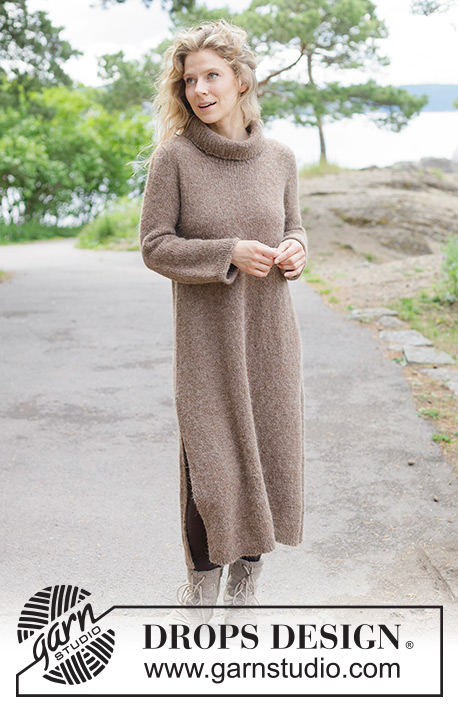

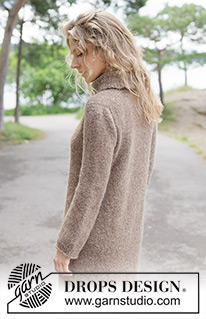
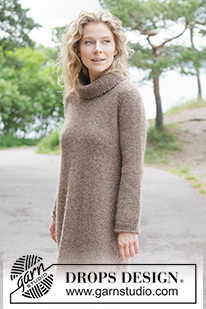
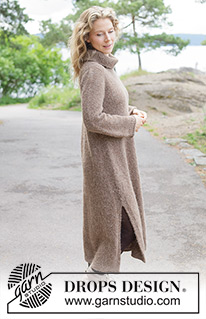
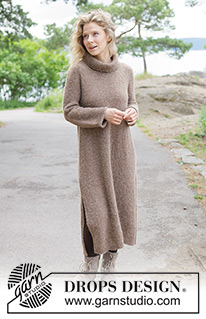

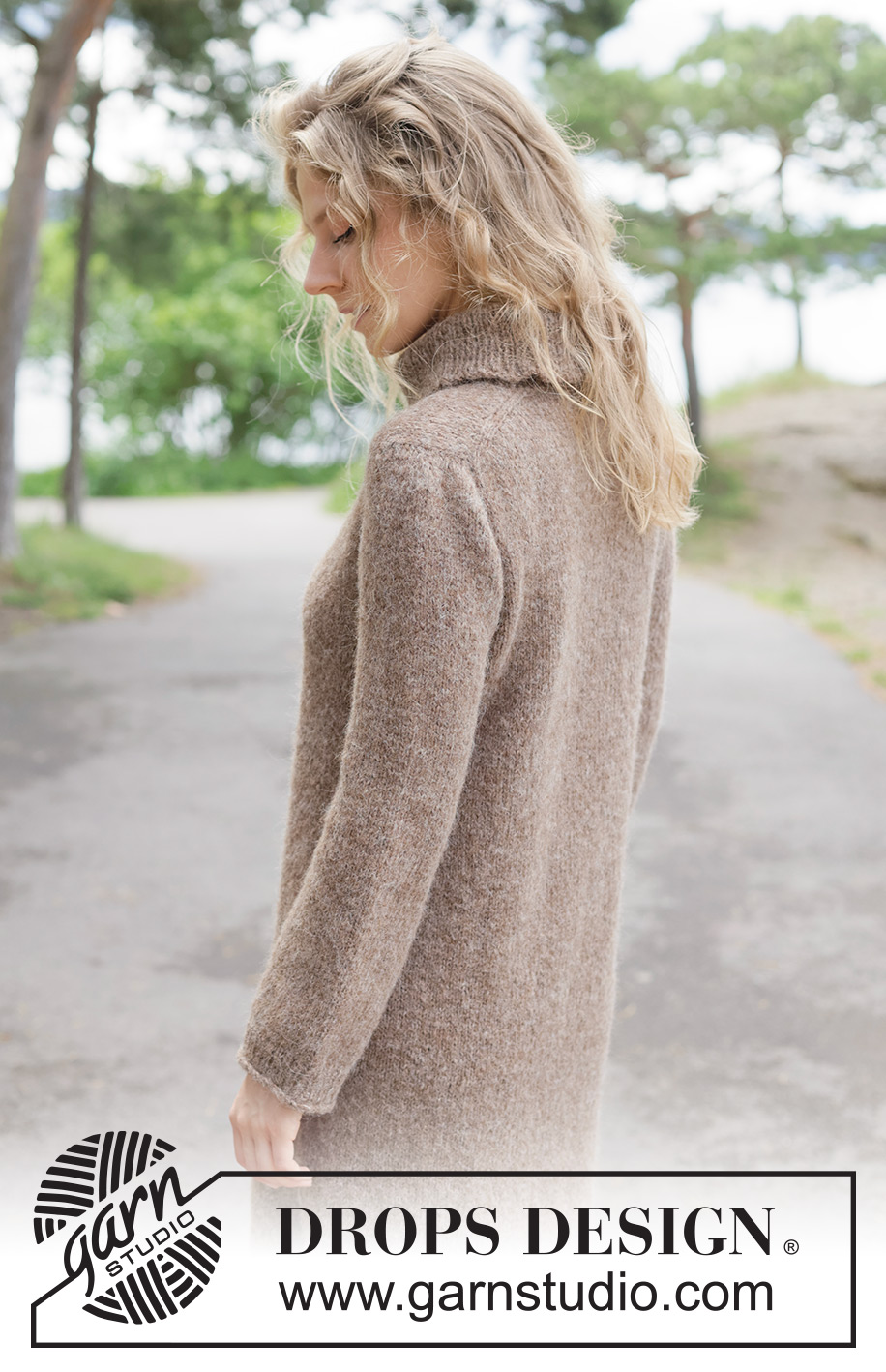
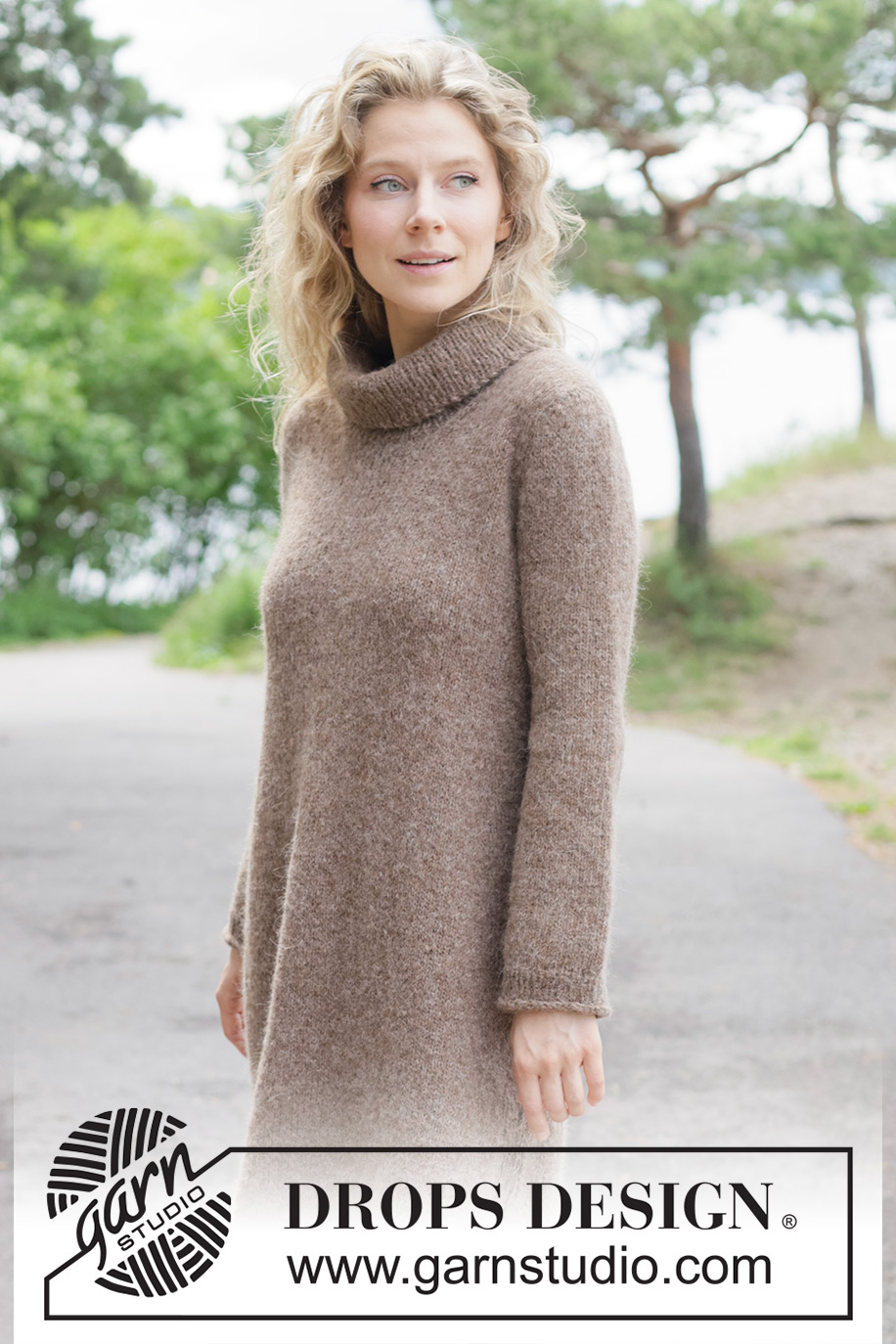
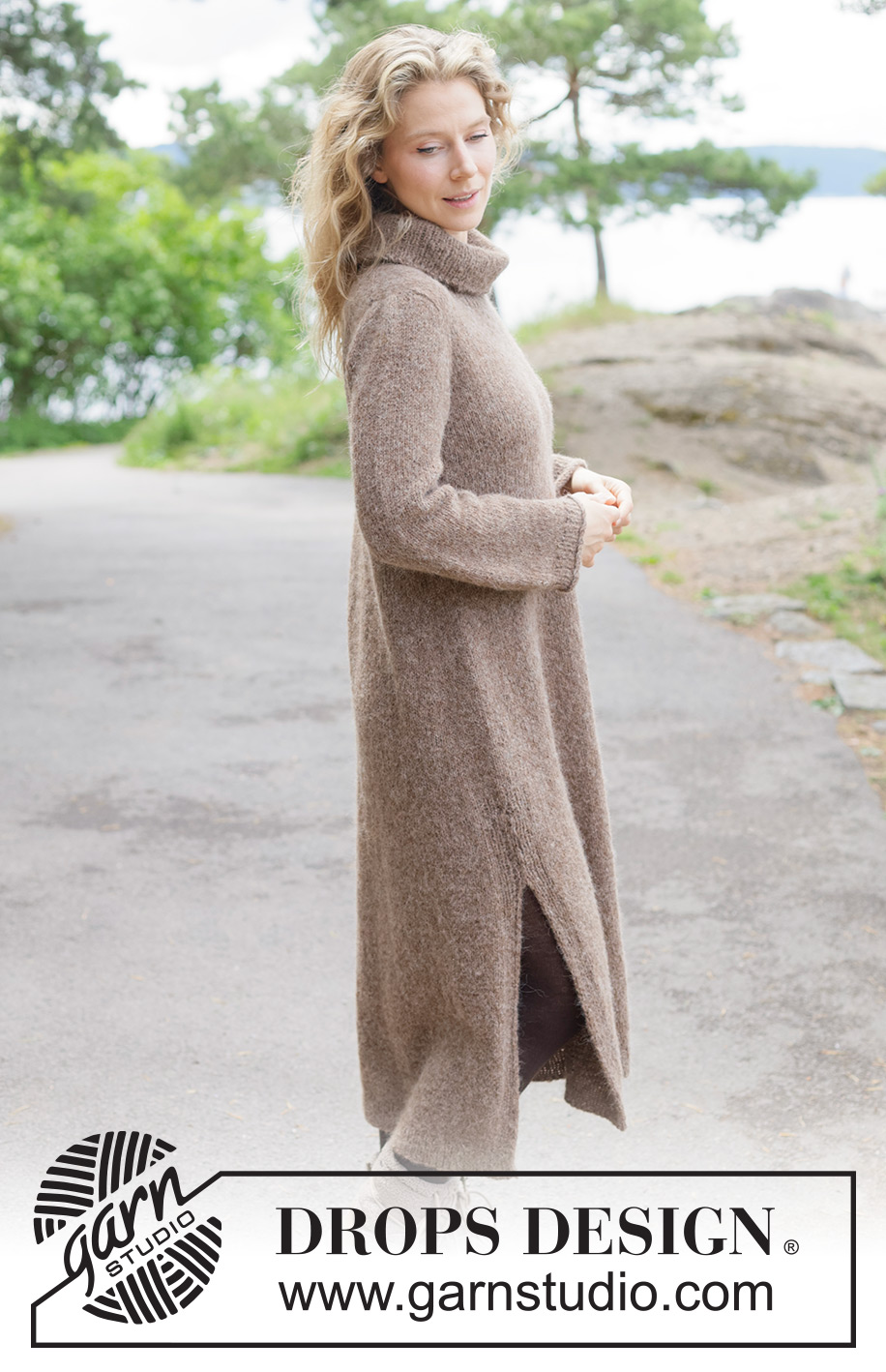
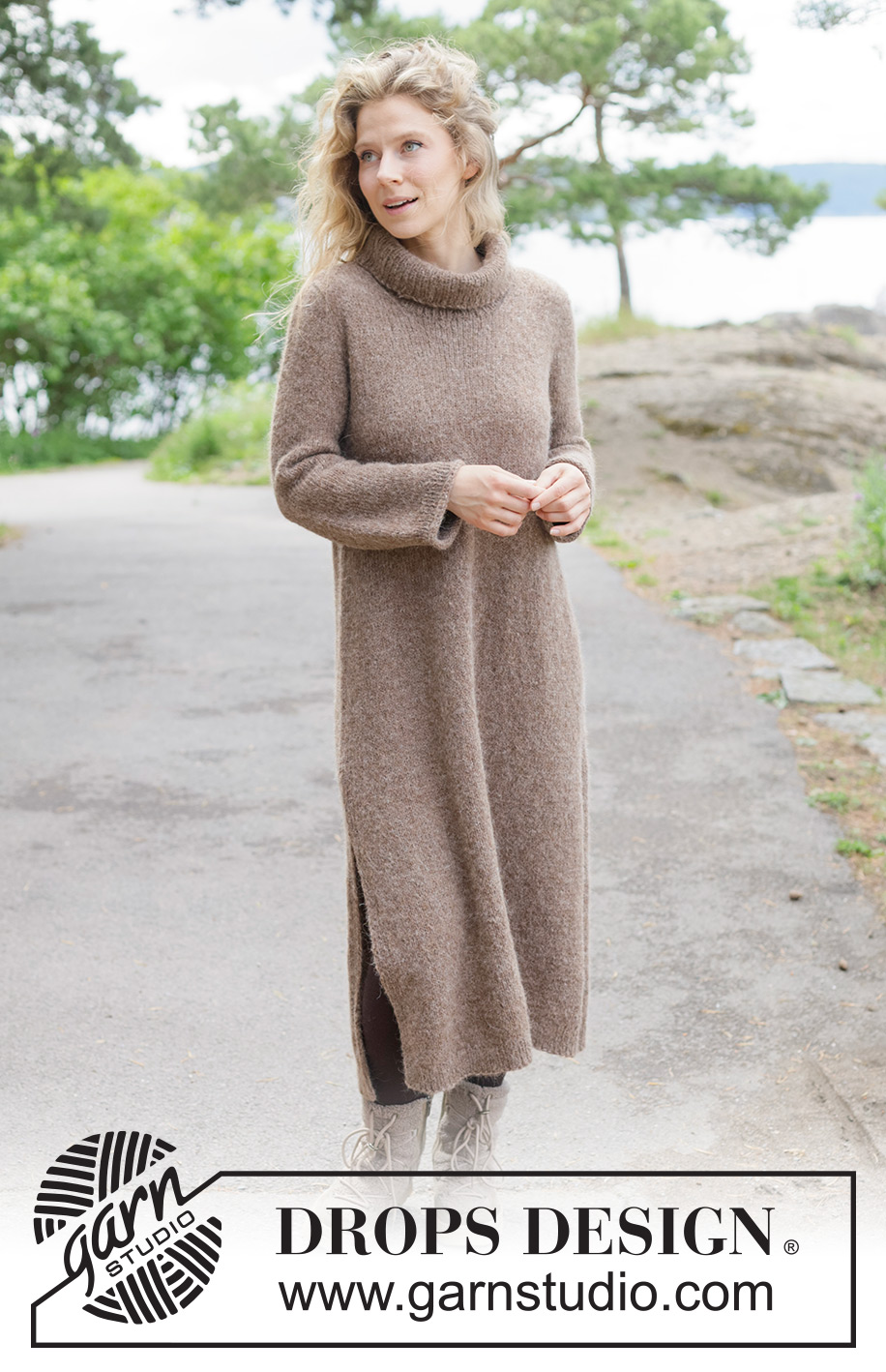


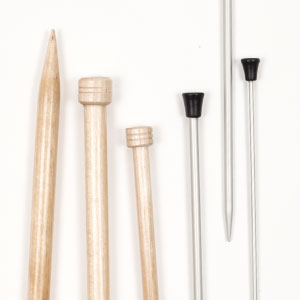
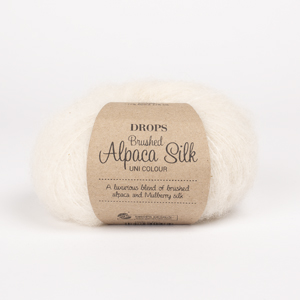
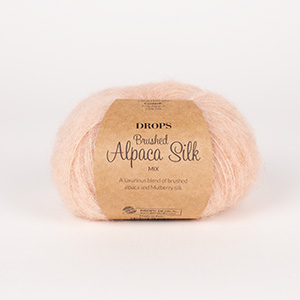
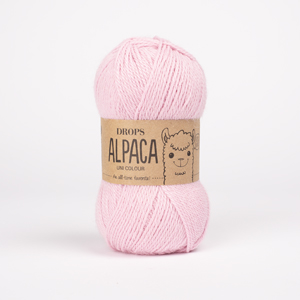
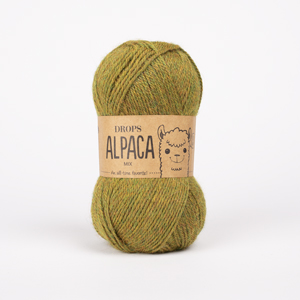

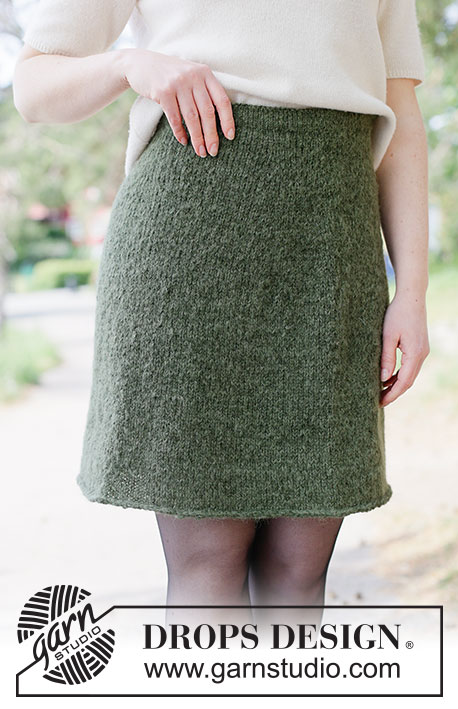

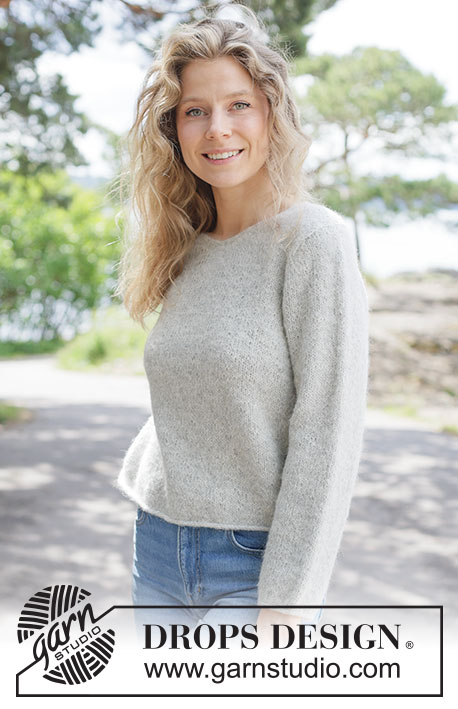

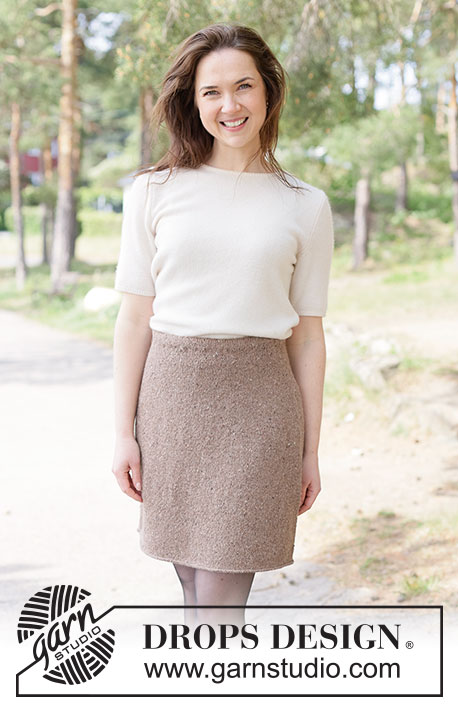











































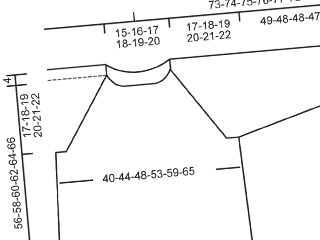
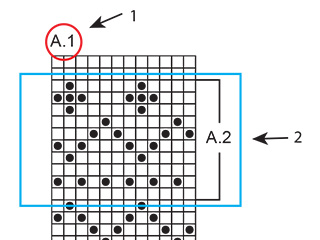
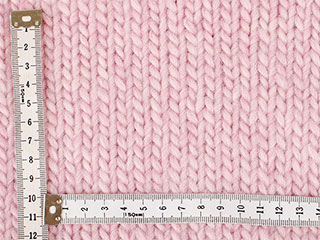
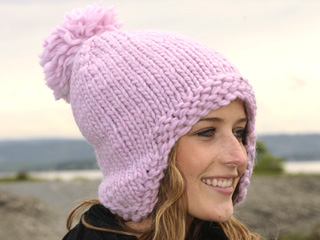
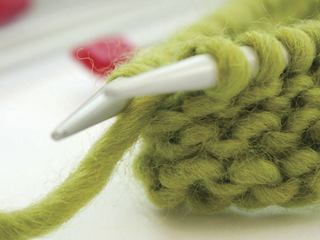
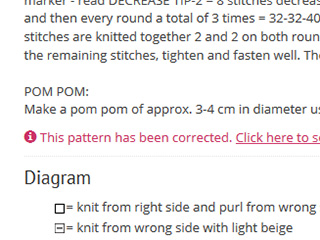
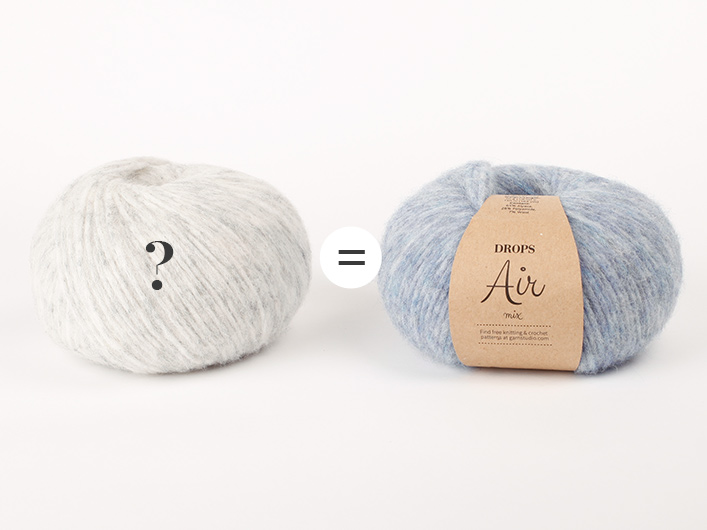
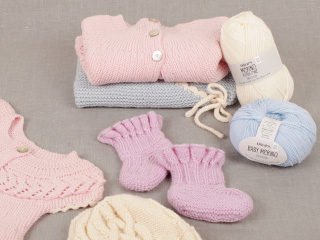

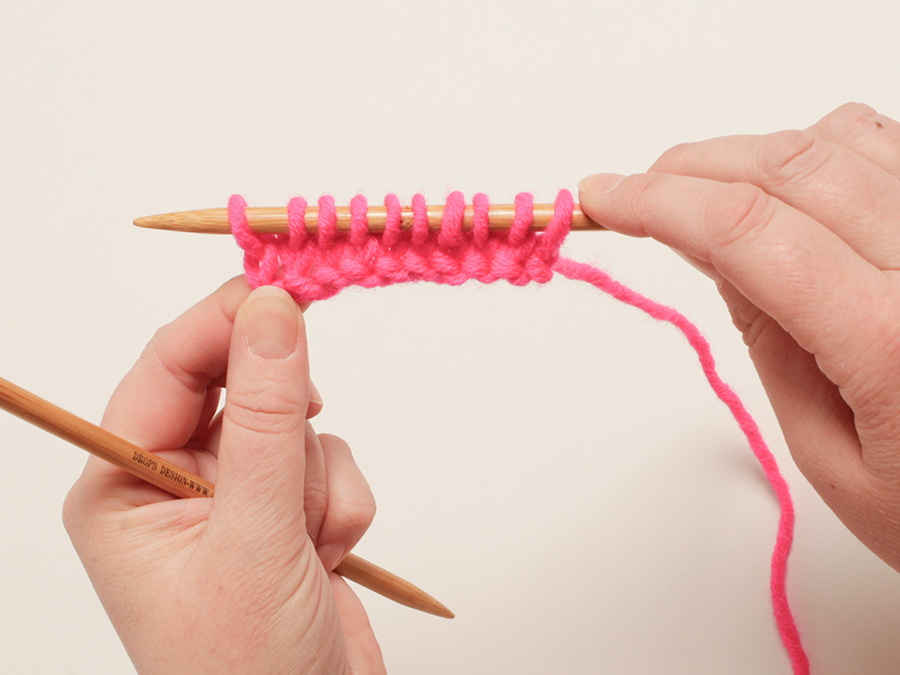
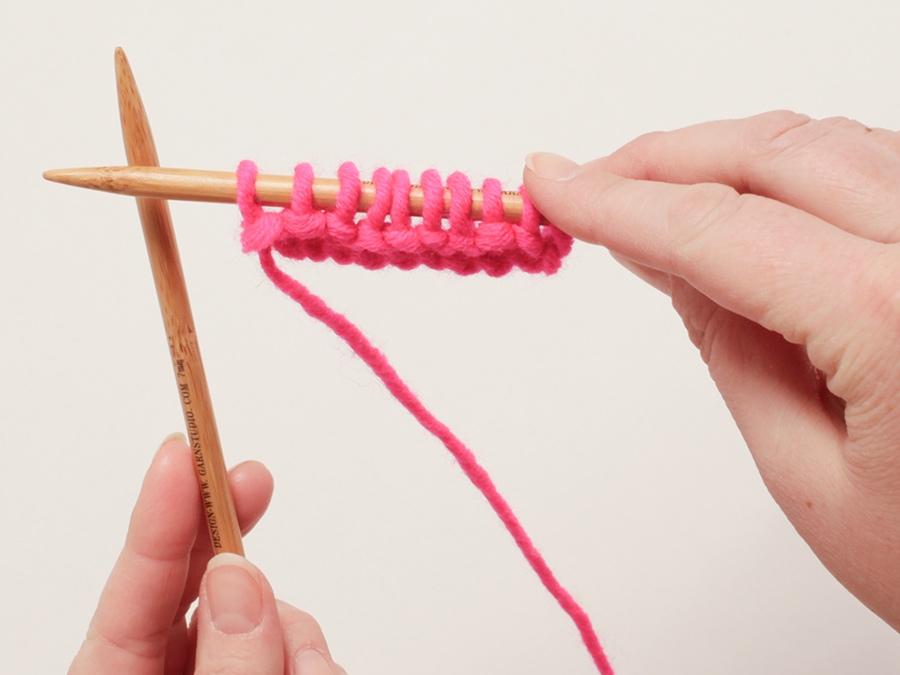
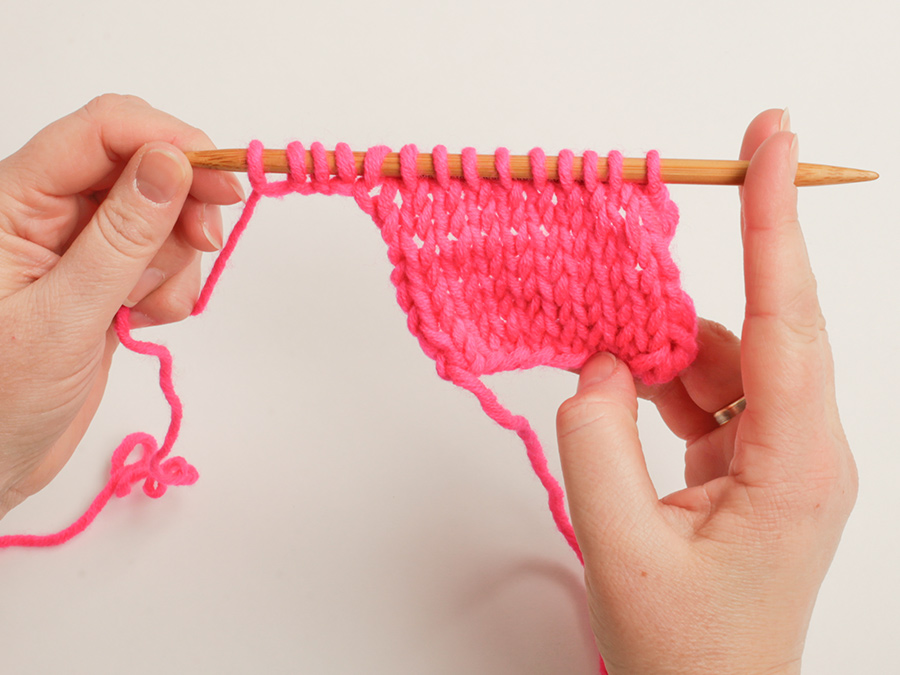
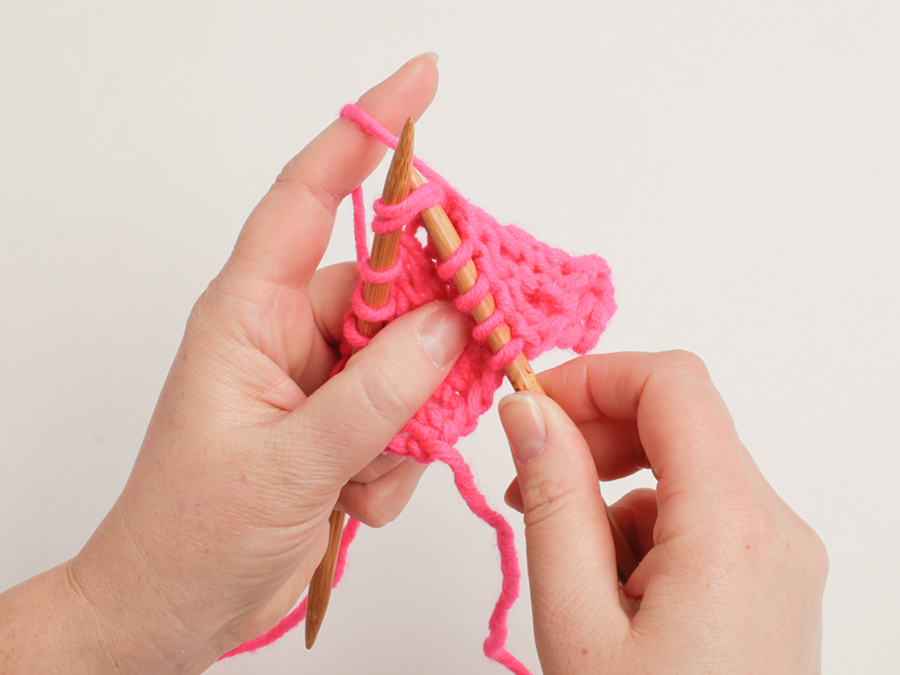
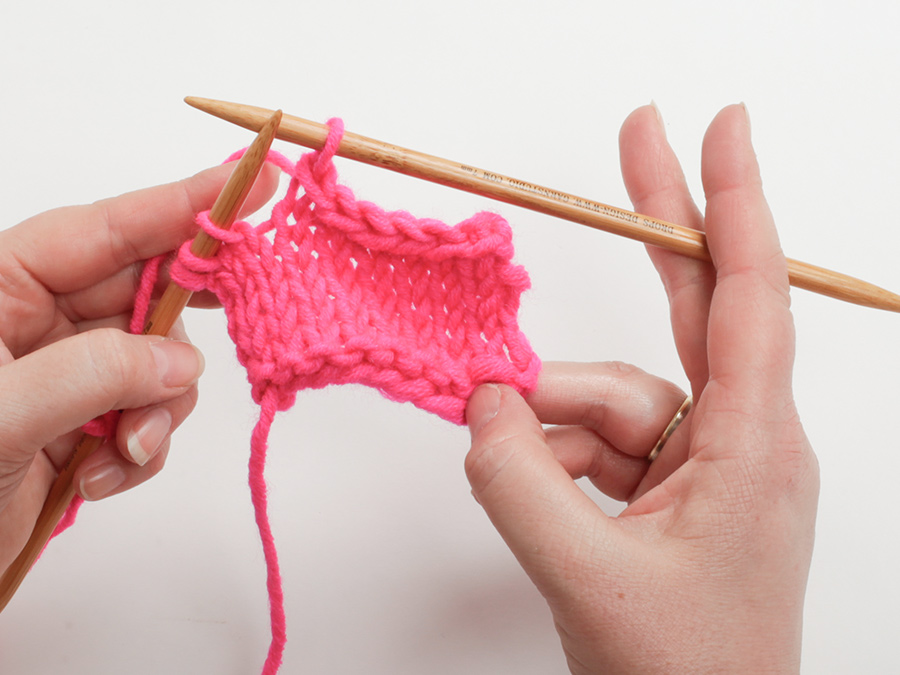
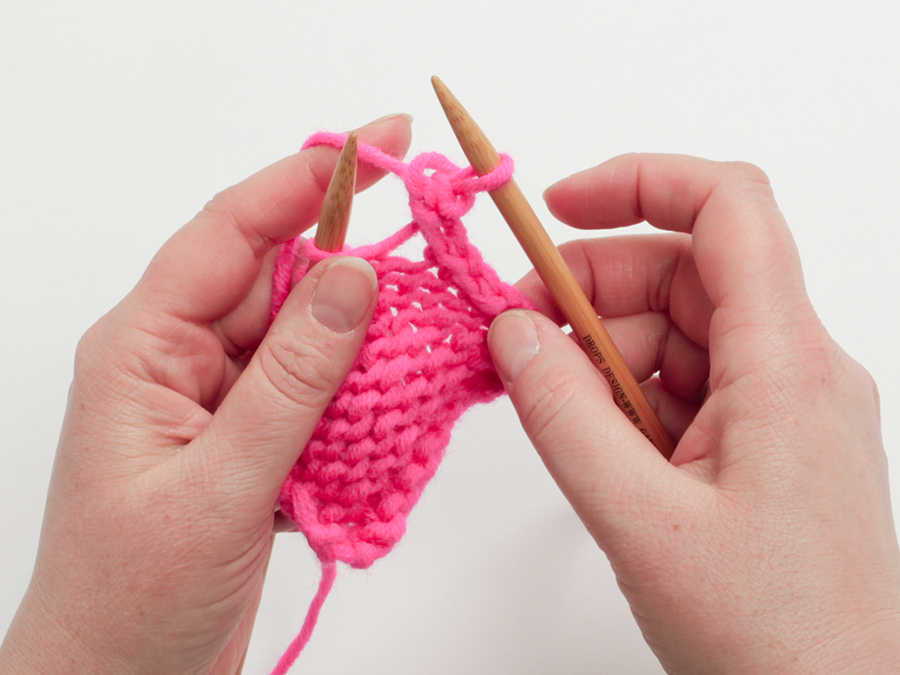
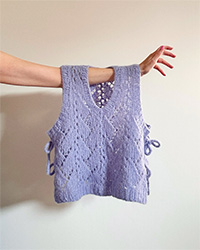

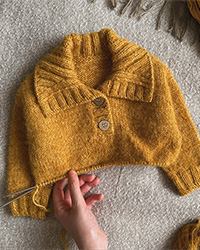
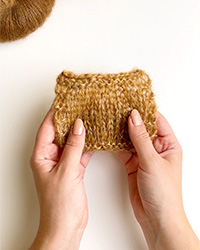
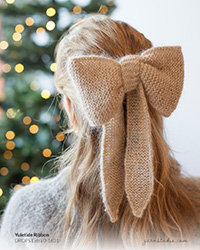
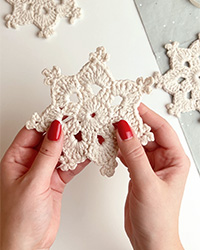
Post a comment to pattern DROPS 262-4
We would love to hear what you have to say about this pattern!
If you want to leave a question, please make sure you select the correct category in the form below, to speed up the answering process. Required fields are marked *.